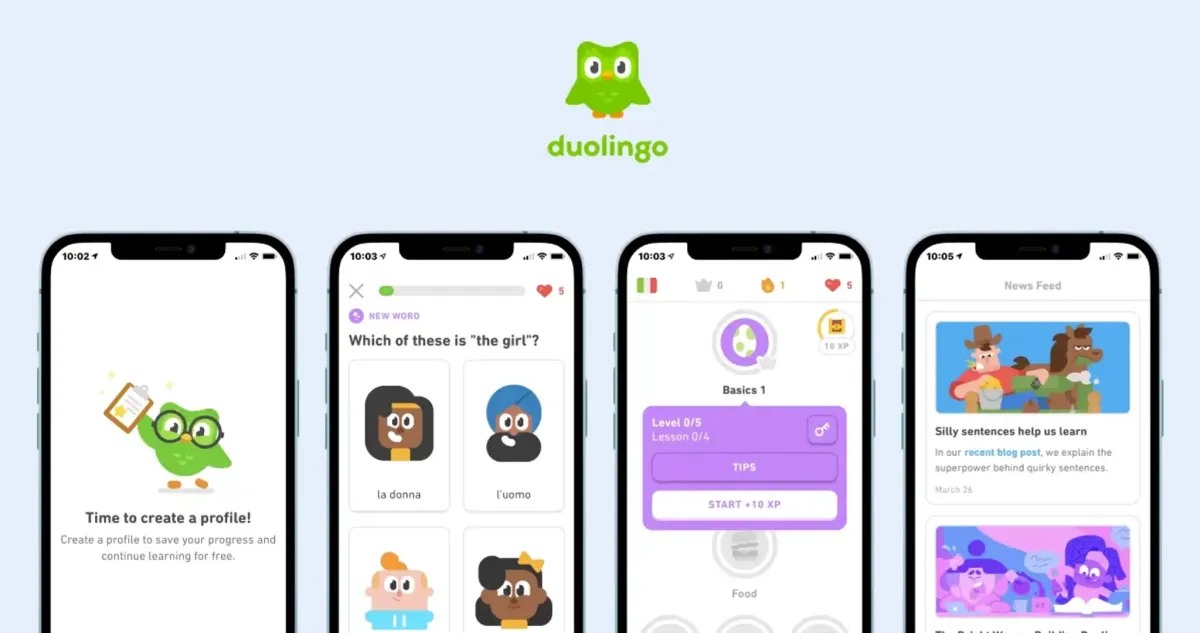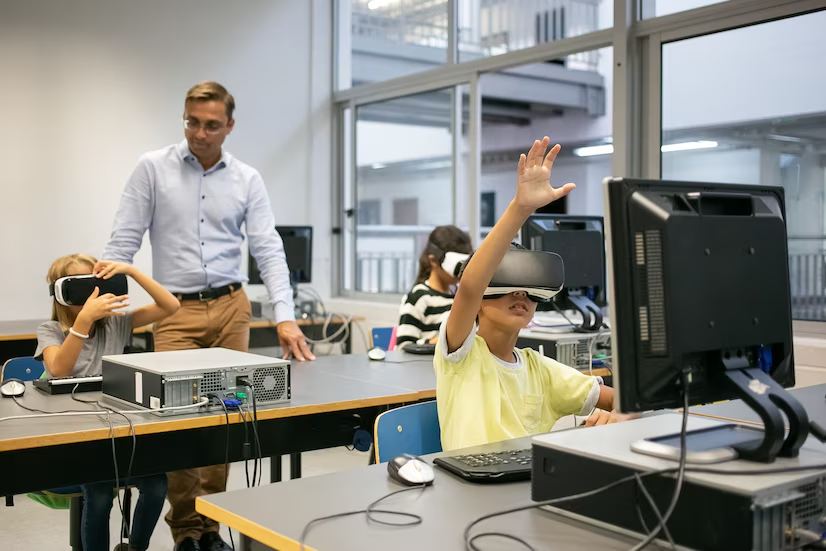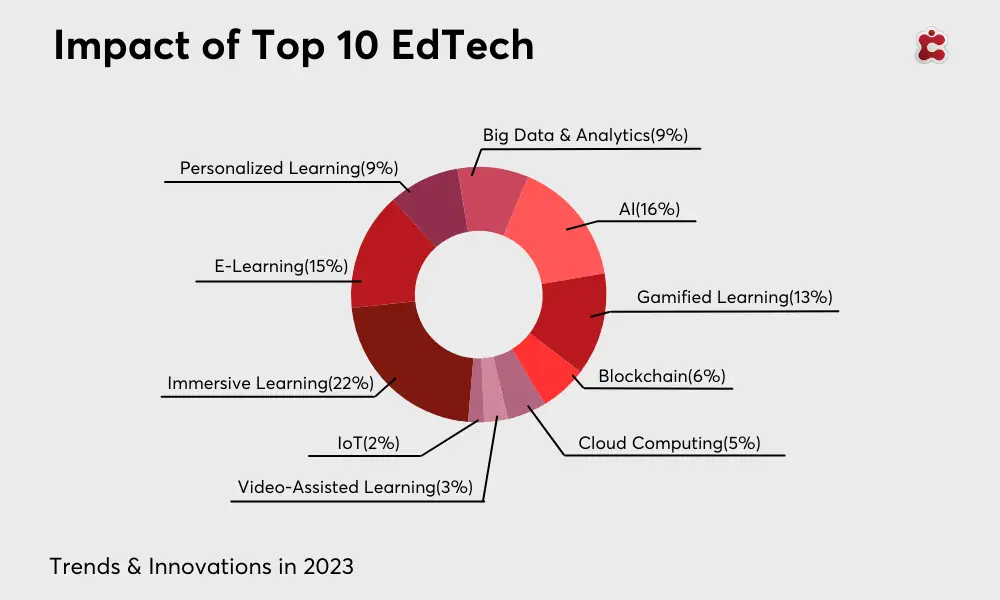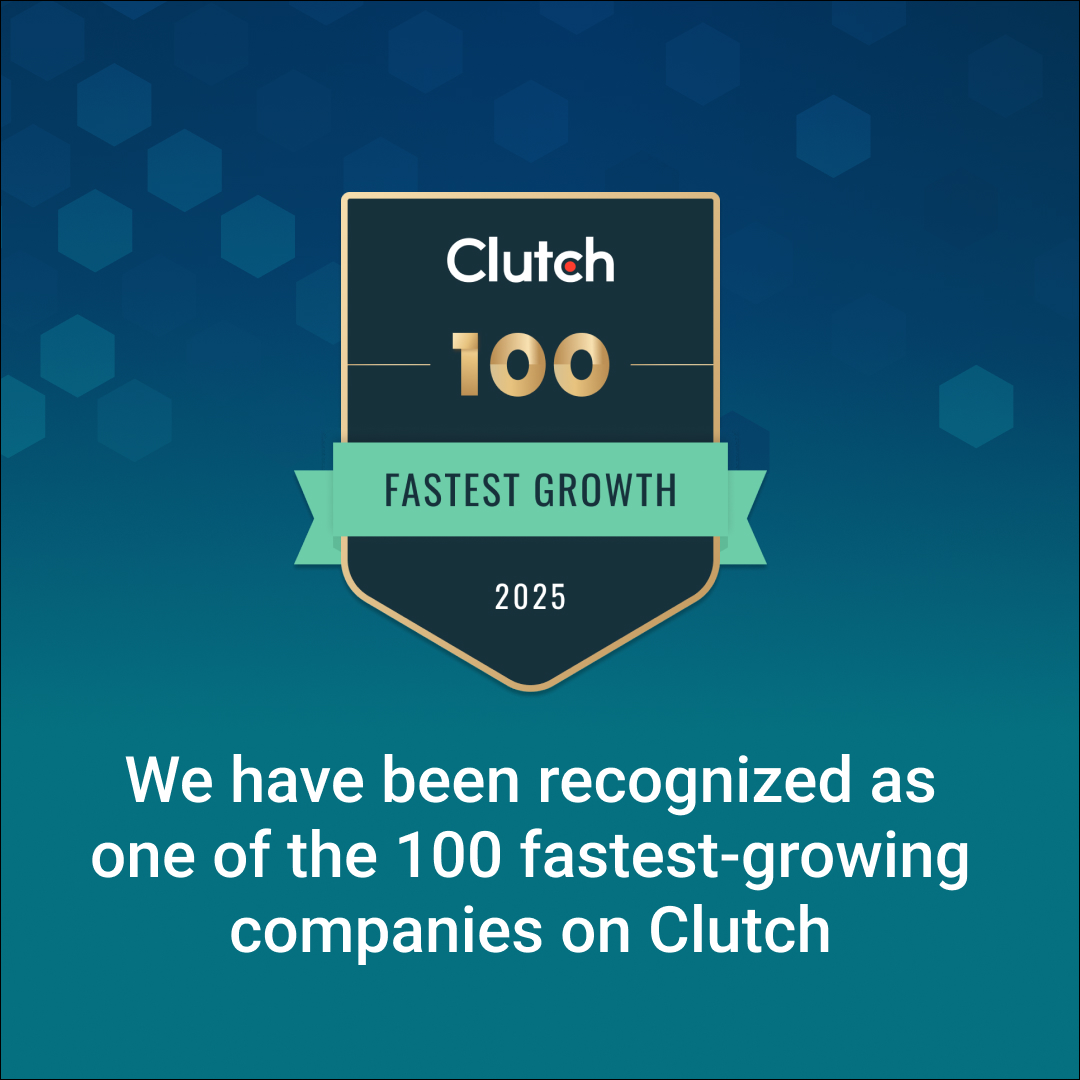Education has entered a new age, driven by the rapid rise of technology. Educational Technology, or EdTech, is changing the way students learn and teachers teach, making classrooms more dynamic, interactive, and accessible. From AI-powered learning platforms that adapt to each student’s pace to virtual reality (VR) lessons that bring abstract concepts to life, EdTech offers exciting possibilities. But as with any innovation, it brings its own set of challenges. This blog explores EdTech’s dual nature—both as a revolutionary opportunity and a growing challenge—and examines the key trends, market growth, and obstacles that need to be addressed to maximize its potential.
The Rise of EdTech: A Booming Market
Educational Technology, often known as EdTech, involves the application of digital tools and resources aimed at improving and enhancing learning experiences. It combines technological hardware and software with educational principles to create more engaging and tailored learning environments. This field includes a wide range of solutions, from online learning platforms and virtual classrooms to digital textbooks and interactive applications designed to make education more accessible and personalized.

Figure 1: Global EdTech Market Size, Share Analysis Report by Market.US
The EdTech market has seen explosive growth in recent years, fueled by the digital transformation that has touched nearly every sector. According to recent data, the global EdTech market was valued at USD 127.7 billion in 2022, with a projected compound annual growth rate (CAGR) of 13.6% from 2023 to 2032. This surge is being driven by various factors, including the increasing adoption of online learning, the demand for digital literacy, and the proliferation of smart devices.
The COVID-19 pandemic further accelerated this trend, as schools and universities worldwide had to quickly pivot to online learning models. As a result, e-learning platforms, virtual classrooms, and digital content became essential tools for education, cementing the role of EdTech in modern learning environments.
Opportunities in EdTech
1. Personalized and Adaptive Learning
One of the most promising aspects of EdTech is its ability to offer personalized and adaptive learning experiences. Unlike traditional teaching methods, which often follow a one-size-fits-all approach, EdTech solutions can cater to individual learning styles and paces. AI-powered platforms, such as Thinkster and Duolingo, adapt their content based on real-time feedback from users, ensuring that students receive the appropriate level of challenge and support.

Figure 2: Duolingo has long used adaptive algorithms to adjust the difficulty of tasks and lessons based on user performance.
This level of personalization has been shown to significantly enhance student engagement and retention. Research suggests that students using adaptive learning technologies demonstrate improved learning outcomes, as lessons are tailored to address their unique strengths and weaknesses.
2. Exploding Topics
This level of personalization has been shown to significantly enhance student engagement and retention. Research suggests that students using adaptive learning technologies demonstrate improved learning outcomes, as lessons are tailored to address their unique strengths and weaknesses.
3. Cost Efficiency and Accessibility
EdTech also presents an opportunity to reduce the costs associated with traditional education. For example, online learning platforms like Udemy and Coursera offer courses at a fraction of the price of in-person education, making quality education more accessible to a wider audience. Additionally, EdTech solutions enable institutions to cut costs related to physical infrastructure, such as classroom maintenance and staff, further driving the affordability of education.
Furthermore, EdTech tools can reach underserved communities that previously had limited access to quality education. With the rise of mobile learning, students in rural areas or developing countries can access the same educational resources as their urban counterparts, bridging the gap in educational equity.
4. Immersive Learning Through AR/VR

Figure 3: Using augmented reality (AR) and virtual reality (VR) to create immersive learning experiences.
Another exciting development in the EdTech space is the use of augmented reality (AR) and virtual reality (VR) to create immersive learning experiences. These technologies allow students to engage in interactive simulations and virtual field trips, making complex subjects more accessible and engaging. For example, medical students can now use VR to practice surgeries in a virtual environment, while history students can take virtual tours of ancient civilizations.
Immersive learning experiences not only make education more engaging but also help students retain information better, as they are able to apply theoretical knowledge in practical, real-world scenarios.
Challenges Facing EdTech
Despite its many advantages, EdTech is not without its challenges. These obstacles must be addressed to fully realize the potential of technology in education.
1. Digital Divide
While EdTech has the potential to make education more accessible, it also risks exacerbating existing inequalities. The digital divide—characterized by unequal access to technology and the internet—remains a significant barrier to the widespread adoption of EdTech. In many rural and low-income communities, students lack access to the necessary devices or reliable internet connections, which prevents them from participating fully in digital learning.
Governments and institutions must invest in infrastructure to ensure that all students can benefit from EdTech solutions. Initiatives like the Broadband, Equity, Access, and Deployment (BEAD) program are steps in the right direction, but more needs to be done to close the digital divide.
2. Cybersecurity Risks
As schools increasingly rely on digital platforms, they become prime targets for cyberattacks. Educational institutions store vast amounts of sensitive data, making them vulnerable to hackers. The education sector has experienced a rise in cyberattacks, with schools now being targeted more frequently than even hospitals.
Cybersecurity must be a top priority for schools and EdTech providers. This involves not only implementing robust security measures but also educating staff and students on best practices for protecting sensitive information online.
3. Teacher Training and Adoption
The successful integration of EdTech solutions requires teachers to be adequately trained in using new tools and technologies. However, many educators, especially in under-resourced areas, lack the training or support needed to effectively incorporate digital tools into their teaching. Without proper training, technology can become a burden rather than a benefit, as teachers struggle to navigate complex platforms or troubleshoot technical issues.
Ongoing professional development and support for teachers are crucial to ensuring the successful implementation of EdTech in classrooms. Educational institutions must invest in training programs that equip teachers with the skills they need to make the most of digital tools.
4. Over-Reliance on Technology
While technology can enhance the learning experience, there is a risk of over-reliance on digital tools, which could diminish the importance of human interaction in education. AI-powered platforms may be able to grade assignments or provide personalized learning plans, but they cannot replace the emotional intelligence and empathy that human teachers bring to the classroom.
It is essential to strike a balance between leveraging technology for efficiency and maintaining the human element in education. Technology should be used to support, not replace, educators in delivering high-quality instruction.
The Future of EdTech: Balancing Opportunity and Challenge
As the EdTech market continues to grow, its impact on education will become even more profound. By 2032, the market is expected to reach USD 464.5 billion, reflecting the increasing demand for digital learning solutions.

Figure 4: The impact of Top 10 EdTech in 2023
Source: startus-insights.com
The future of EdTech is being shaped by the rapid rise of AI, mobile learning, and immersive technologies like AR and VR. AI’s ability to provide personalized, adaptive learning experiences is leading this trend, offering students tailored educational pathways based on their progress. Mobile-first platforms, particularly microlearning apps, are gaining traction due to their accessibility and convenience, while gamification and immersive VR technologies are enhancing student engagement by making learning more interactive and hands-on. These advancements are expected to surpass more traditional e-learning models, which rely on static content delivery and lack interactivity.
However, certain technologies, such as traditional Learning Management Systems (LMS) and blockchain for credential verification, may face slower adoption or stagnation. LMS platforms that do not integrate AI or adaptive learning capabilities may struggle to compete, while blockchain faces challenges in scaling within educational settings due to privacy concerns and the complexity of integration.
Schools, governments, and EdTech providers must collaborate to create inclusive, secure, and effective educational environments. This includes investing in infrastructure to close the digital divide, strengthening cybersecurity measures, and providing teachers with the training and support they need to succeed in the digital age.
SmartDev: Your Partner in EdTech Innovation
At SmartDev, we offer a full suite of services designed to meet the diverse needs of modern educational systems.
📍App Development: From mobile learning applications to large-scale e-learning platforms, we develop scalable and responsive apps that cater to the diverse needs of students and educators alike.
📍 Cloud-Based Solutions: Our cloud platforms ensure seamless access to learning resources, real-time collaboration, and the ability to scale as your institution or business grows.
📍 Application Management Services (AMS): We help manage and maintain your educational platforms, ensuring top performance, data security, and regular updates that keep your systems running smoothly.
📍 UI/UX Design: Creating engaging and intuitive interfaces is our priority, ensuring that students and educators can easily navigate learning platforms and applications with minimal friction.
Partnering with SmartDev means tapping into a wealth of experience in the EdTech field. We work closely with your team to understand your unique goals and challenges, providing customized solutions that drive success. With our comprehensive support, your organization can not only implement the latest in EdTech but also ensure its long-term success and sustainability.
Let SmartDev help you shape the future of education with innovative, reliable, and secure digital solutions. Reach out to us today to discuss how we can assist in building the EdTech tools and platforms that meet the needs of the modern learner and institution. Together, we can create the future of learning.







